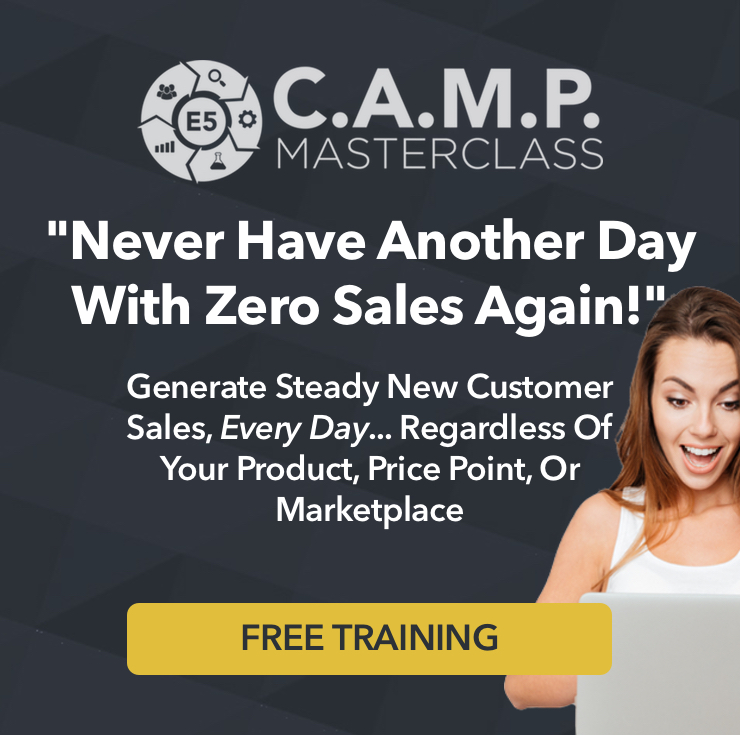Many people love to use the four-part video series as a way to launch a product. It IS a great tool, but if you don’t know what to present in the videos, you will lose sales. Let’s take a closer look today at video two, one of the trickiest videos to create.
Video two is usually the most difficult of all of the videos in a typical four part video sequence because that is where most of the education takes place. It’s the meat of the education.
In video one, you present the “what” and the “why”. For example, in the health niche you might talk about the impact on their metabolism, and why that hormonal condition they’re dealing with is ultimately responsible for their weight struggles. And you explain that until they understand how to fix that, they’re going to continue to struggle.
You basically tell them, “This is why you should be excited about it, and this is what it’s about, and this is why it’s so critical to you for where you are right now, and for what you want to try to achieve.”
You offer the proof and then at the end of video one you say, “In the next video, I’m going to walk you through the XYZ system for getting this condition under control and getting you on the path to losing weight.”
Now, they’re expecting the meat of the education, and this is why it is the most difficult, especially if you are one of those people who loves to educate. If you go way overboard, it really hurts sales.
Get 12 proven marketing funnel maps sent directly to your doorstep, FREE!
Just a few bucks shipping & tell us where to ship yours now!
A disaster sequence!
Before going on, let me take a step back for a moment. A client flew in the other day for a marketing funnel intensive. He’s an expert in productivity, time management, success, and the inner game. He works with professional athletes, like NHL players, NBA players, and he’s a really sharp guy.
At the beginning of our day together, we talked about his four part video sequence, which, quite honestly, was a disaster.
It was a disaster, not because it wasn’t great content, and not because he wasn’t charismatic and articulate. He was.
I told him the problem was that he was “trying to dazzle the audience with how knowledgeable you are, with how much information you know and can provide, and with how passionate you are about the topic.
“What ends up happening at the end of that type of presentation – and I know this personally because I’ve attempted to give many of those types of presentations – is that people will applaud and tell you that was the greatest presentation they’ve ever seen and they love you. And they’ll walk away and not buy.
“You see, there is a huge difference between getting up and dazzling them with your expertise, knowledge, and content compared to inspiring somebody to buy.”
Just as in a previous article, where I shared the difference between content and content marketing, you have to recognize the difference between education and education-based marketing (EBM).
What to teach in EBM
So, as I teach in our Partnership Coaching Program, you need to balance two things with that education.
Number one, everything you say must further the sale. It has to increase the desire for your product, it has to establish a belief, or it has to establish your authority. It can’t just be education for the sake educating. Just like every piece of content you put out there, it must be education that furthers the sale.
Number two, you are educating, and telling them a bit about the “how”. But you can’t quite give them the complete process that they can implement and use, without buying the program.
That’s the difference between education and education-based marketing. Education is when you give them everything they need, put a bow on it, and send them on their way.
Education-based marketing is about educating them, giving them value, and establishing beliefs in their minds. But in the process, you want to create even more desire, even more demand for your product.
Knowledge gaps
In EBM, the things they learn, the things they come to understand and recognize, just make them want and need your product even more. As you teach, you want to leave what I call knowledge gaps.
Let’s look at a nutrition example.
You might say something like, “There is a certain group of foods, about a dozen and a half different foods, that you could eat on a daily basis that will help reverse this condition, speed up your metabolism and trim fat.
“For example, let’s take tomatoes, which falls under this category of about a dozen and half foods. Let me explain to you why and how this works.”
You tell them, you give them a very concise, maybe even scientific, explanation of why and how this works.
What you’ve done is you’ve given them a taste but they can’t now go out and implement this whole process because, unless they want to live off of tomatoes, they need the other dozen and a half foods.
This is how you give your prospects value while you educate them. But it’s also creating more desire and excitement around your program. And desire and excitement about your program is what leads to sales.



